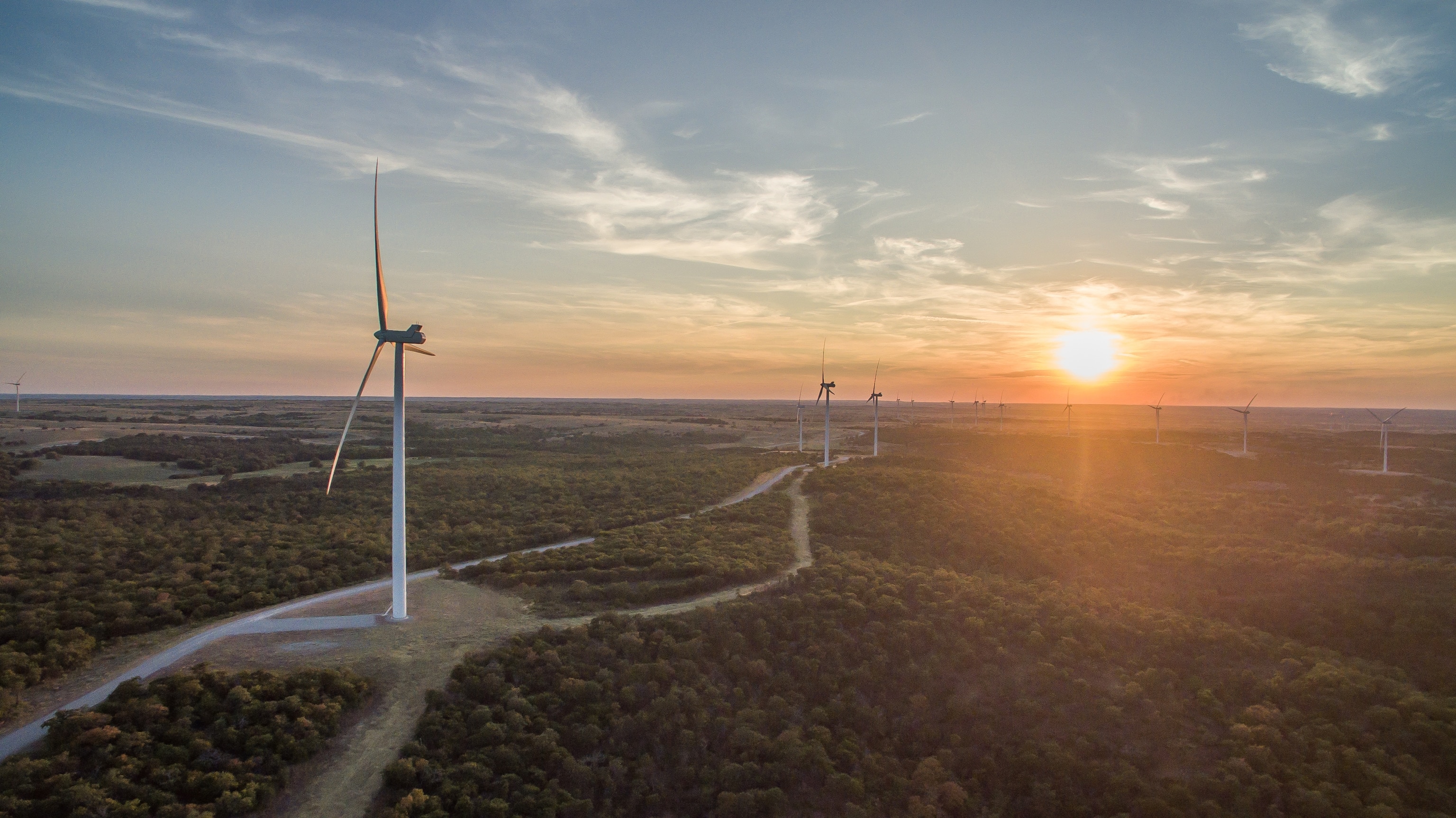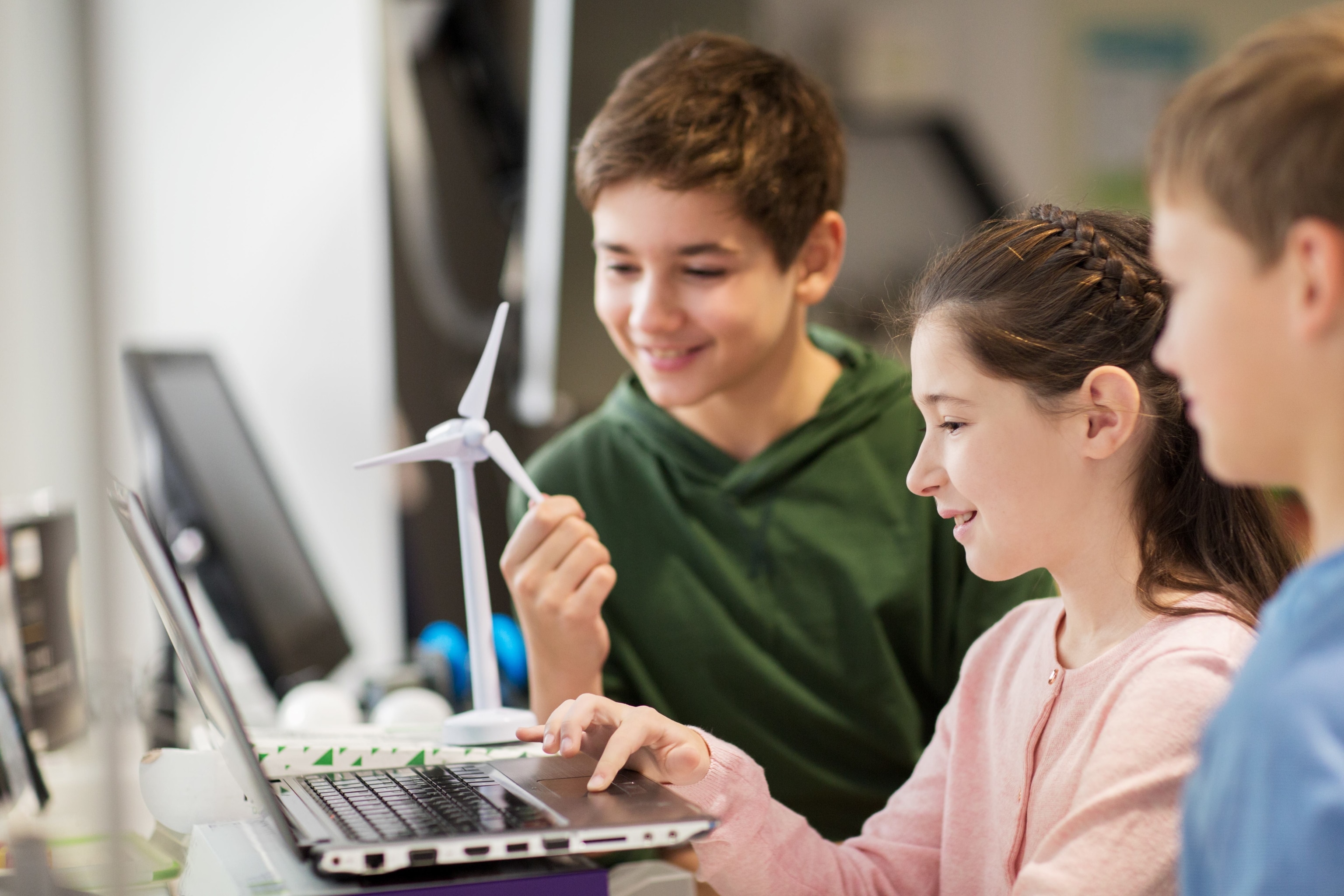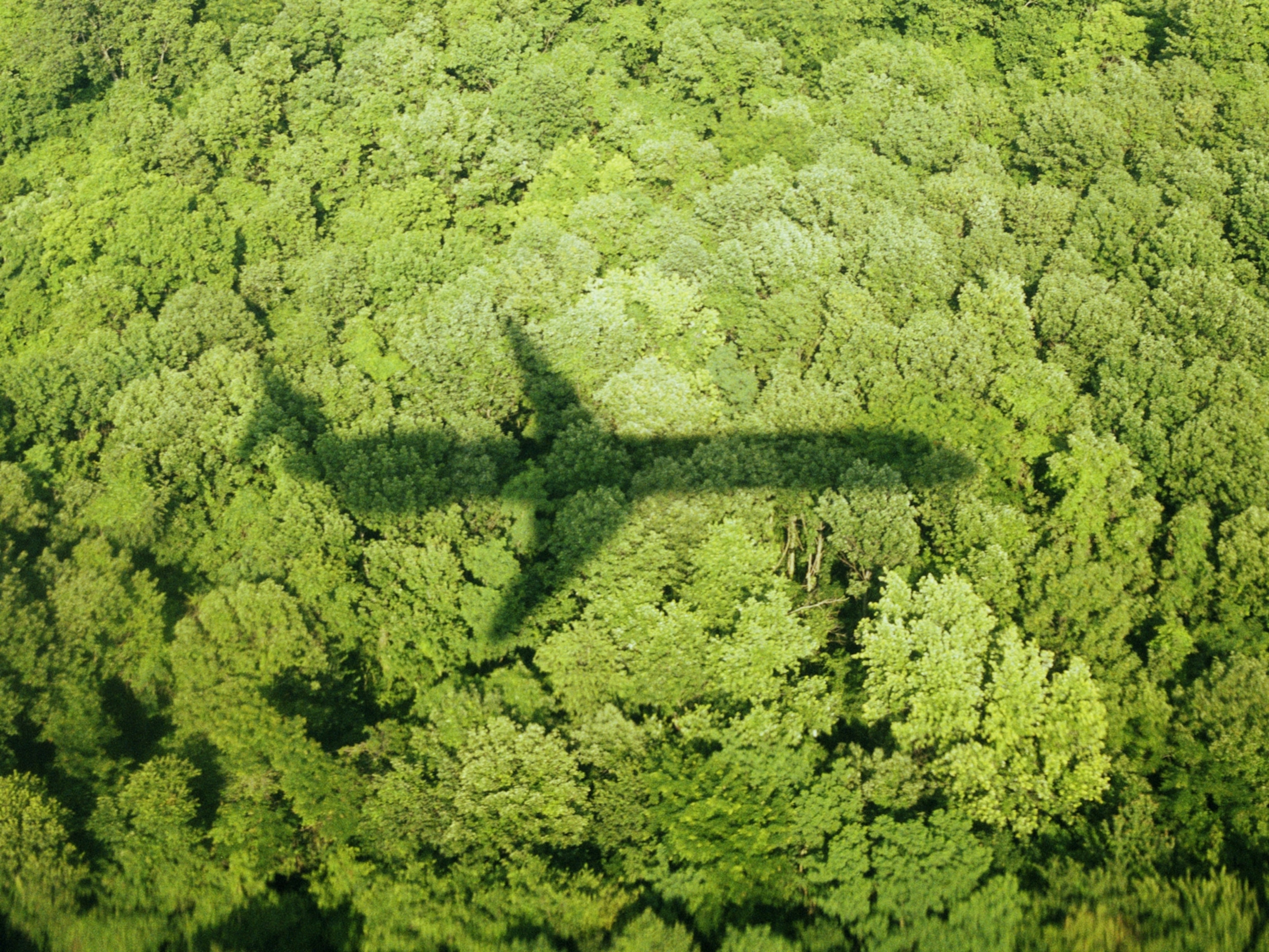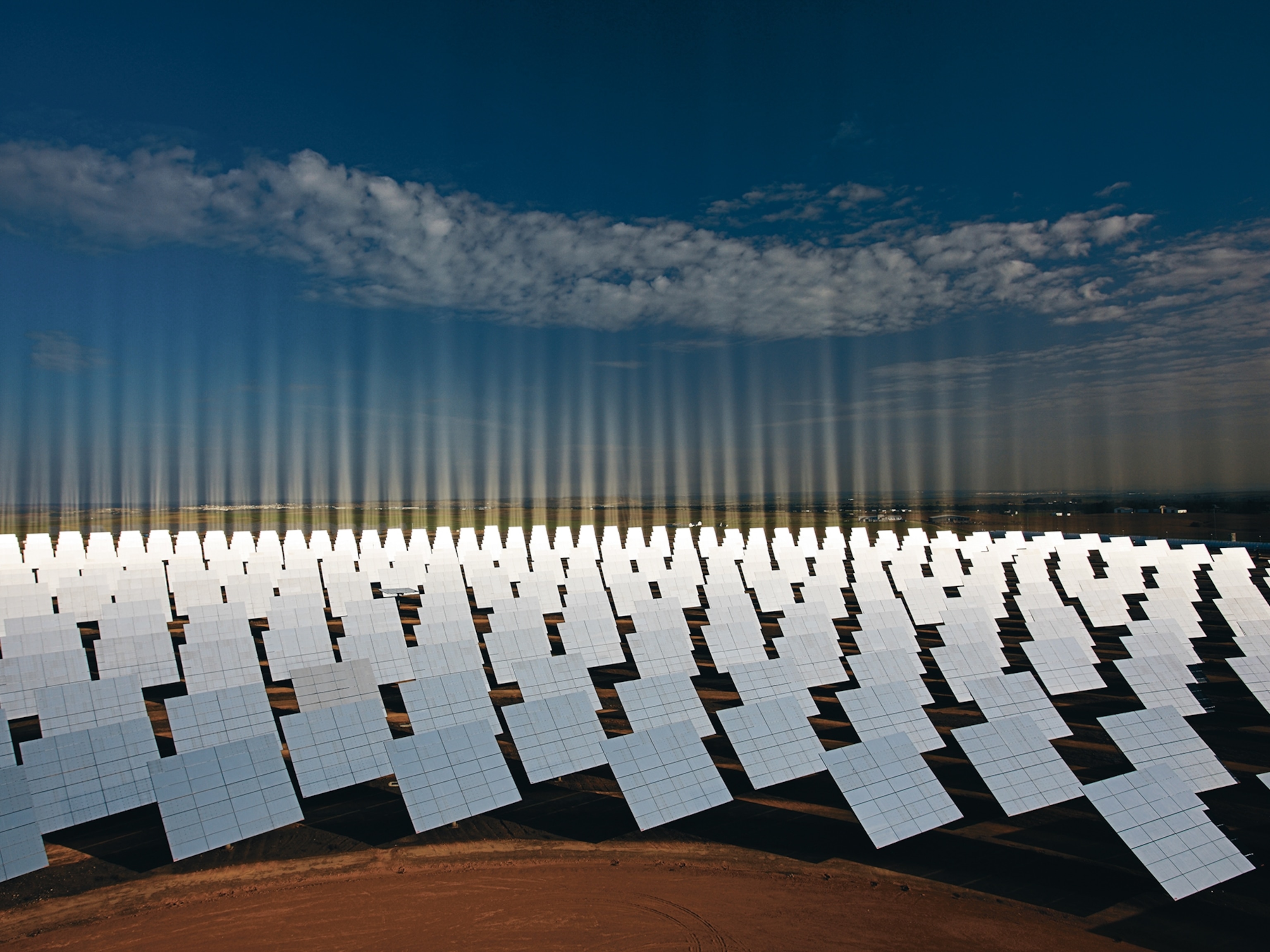An iceberg melts in the Arctic; saltwater seeps into the Florida Everglades, the sun bakes a lakebed in Bolivia, trees die in the mountains of Germany, and bush fires sweep across southwest Australia. Although thousands of miles apart, these events are connected: they have all been intensified by climate change primarily caused by our burning of fossil fuels. Since ancient times, humans have burned wood, peat, and oil for heating, cooking, and light. In the U.S., as elsewhere, coal powered the industrial age until the discovery of vast amounts of underground petroleum in the mid-19th century. American industrial might was built on energy derived from fossil fuels—the decomposed remains of plants and animals found in the Earth’s crust. These fuels contain carbon and hydrogen, and it is carbon that is the problem.

When fossil fuels are burned, they release carbon dioxide and other greenhouse gases that trap heat in our atmosphere, making them the main contributors to climate change―and global warming. Coal accounts for 44 percent of the world’s carbon dioxide emissions, with nearly two billion tons a year emitted from coal plants in the U.S. alone. Petroleum is responsible for about a third of carbon emissions globally, and the natural gas industry contributes a fifth of global emissions. In little over a century the world has grown more than 1.4 degrees Fahrenheit warmer with temperatures expected to rise even higher; now the goal is to keep the rate of warming below a potentially catastrophic increase. But not everyone wants to change. In the U.S., the oil and gas industries contribute over $200 billion to the economy, and vast fossil fuel reserves exist with enough unextracted coal to last as long as 250 years. There are powerful economic interests pitched against renewable energy, and even consumers used to more inexpensive energy options and incentives can be reluctant to make a switch.
(Underground "Fossil Water" Running Out)
However, there is a growing awareness that the price we will pay for continuing to use fossil fuels will far outweigh the cost of switching to sustainable sources of energy. This has stimulated the development of renewables, such as solar, wind, hydro, and geothermal, that do not emit greenhouse gases when they generate energy. Renewable energy is the most viable solution to powering the planet without destroying the environment, and there is a growing global movement for a transition that is supported by national and international commitments, including the UN Sustainable Development Goals and the 2015 Paris Agreement, and driven by powerful voices, such as 17-year-old Greta Thunberg from Sweden.

Like many social movements in history, the cultural change to renewable energy will likely be driven by the younger generation. A recent survey showed that young adults in the UK are most prepared to go green, with over 60 percent willing to pay more for their electricity if it came from renewable sources.
The momentum for change is building, and it is urgently needed. Despite increased deployment of renewables, they contribute just over 30 percent of global power capacity. While significant technological advances are making renewables viable, a meaningful transition will only come when they are fully accepted and adopted by society. Raising awareness of the importance of switching to renewable energies, their benefits and their potential is central to ensuring that the public and key stakeholders appreciate, accept, and support their adoption.
Education can bring about a fundamental shift in how people think and act; knowledge has the power to reshape thinking and priorities to recognize the importance of sustainability and renewable energy. Schools are engaging a new generation of environmentally conscious citizens who support the shift to renewable energy and will carry it ever further as sustainability becomes a familiar theme in school curriculums and college courses. At a practical level, schools are also crucial for imparting the skills students will need as adults and professionals in a greener economy, from designing resource-efficient cities to working in renewable energy.
This is the reality that sustainable energy company Enel Green Power (EGP) has taken to heart. EGP works closely with the communities in which it operates, and with 10 wind farms helping to revitalize rural Oklahoma, they are seizing the opportunity to support schools and educate students about generating energy sustainably. In addition to actively raising much-needed public awareness about clean energy, EGP is helping to train the workforce required to run it, including retraining oil and gas workers for new careers in renewables. EGP is also supporting schools, from providing technology and educational material, to educating teachers and stimulating student interest in the STEM subjects that are invaluable to developing sustainable energy solutions. EGP has even established a scholarship at Oklahoma Panhandle State University for students pursuing majors in wind energy or education.

One key program supported by EGP is the KidWind Challenge for middle- and high-school students. Through this innovative program, a KidWind ambassador visit classrooms and communities where, with the hands-on help of Enel technicians, students design and test their own wind turbines. As fun as it is educational, KidWind inspires students to get excited about wind power and renewable energy.
A World Wildlife Fund report projects that by 2050 all of the world’s energy needs could be met by renewable sources. For that to happen we need to inspire and equip today’s generation to be tomorrow’s renewable energy experts―education and programs like KidWind are doing just that.








